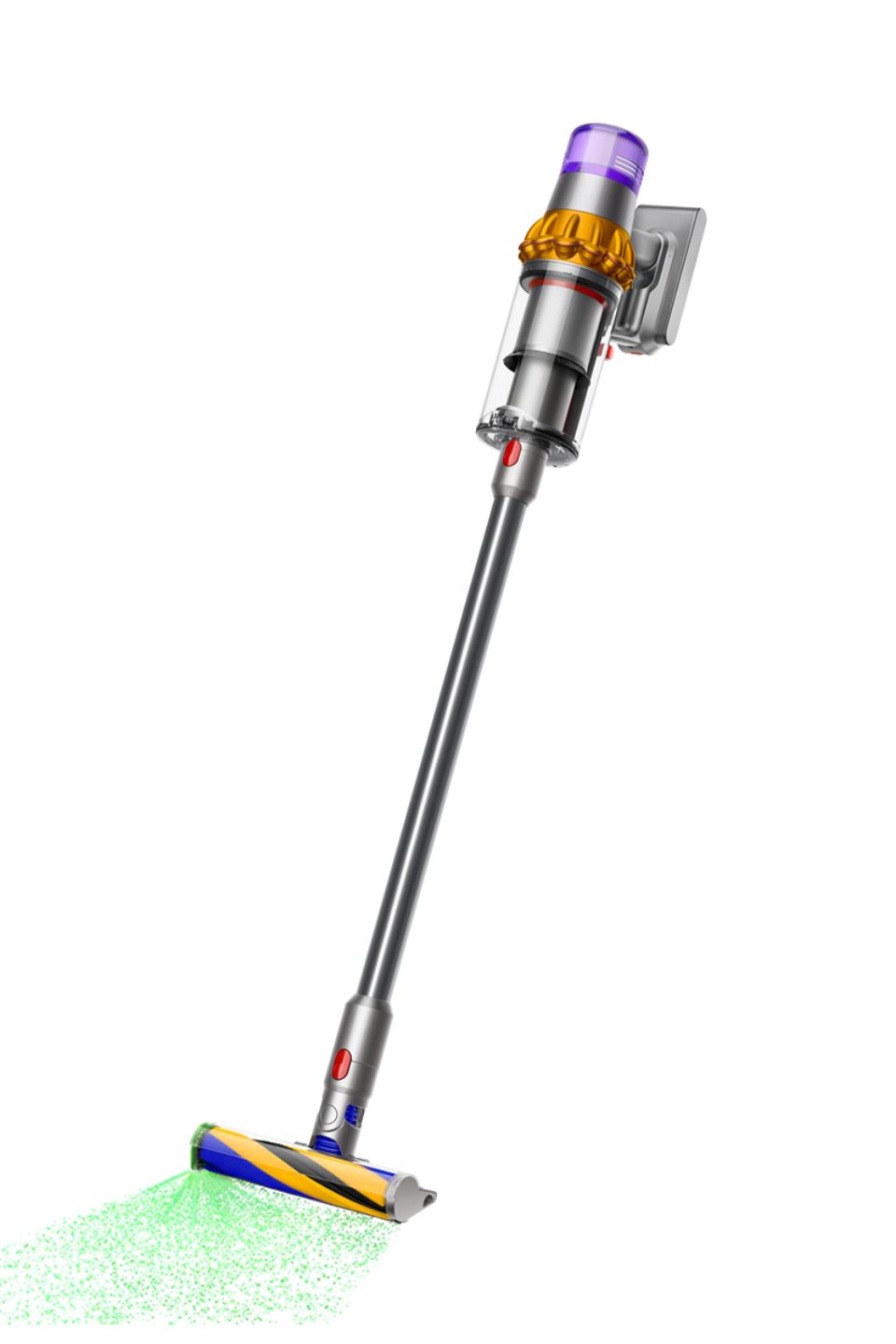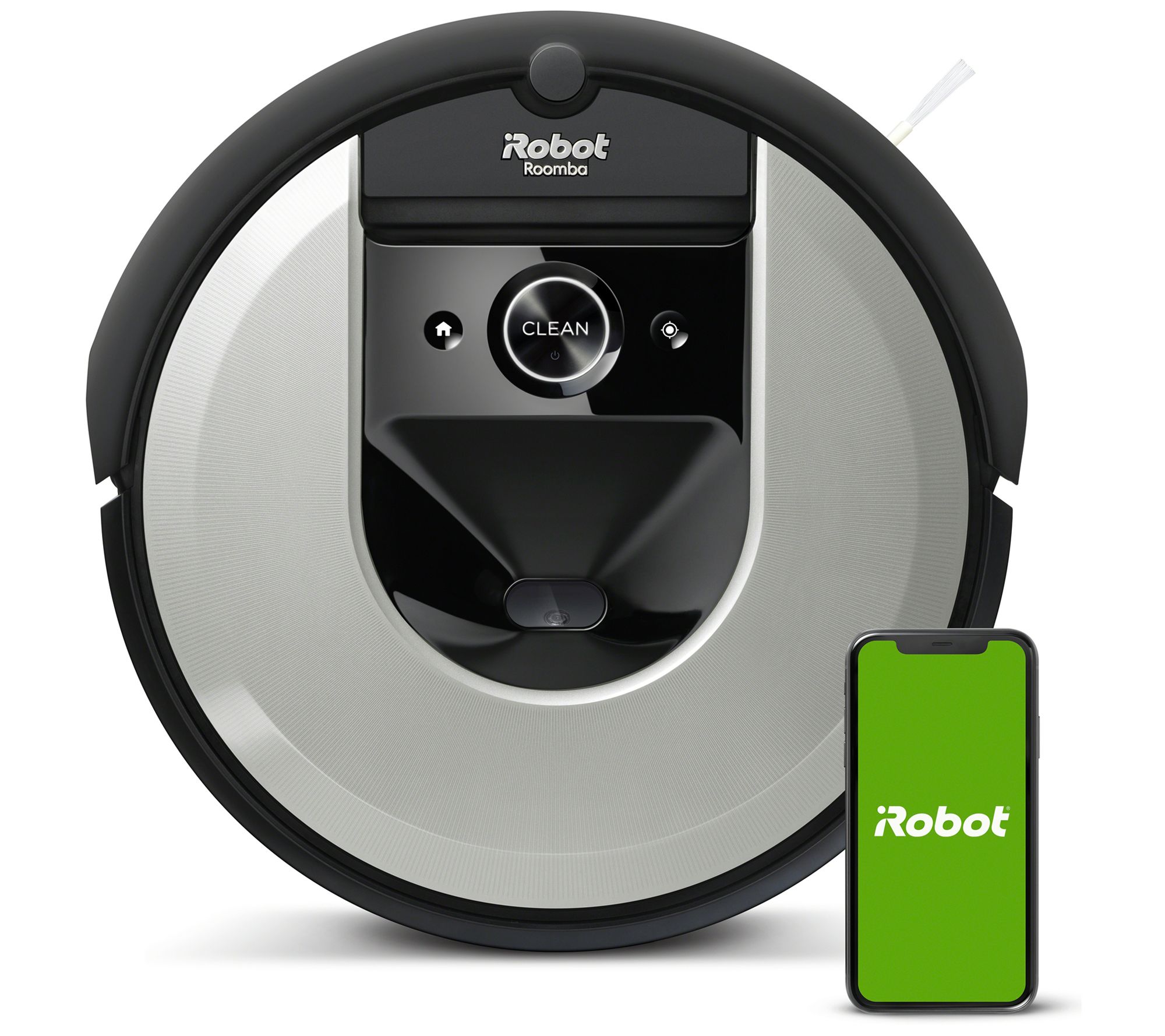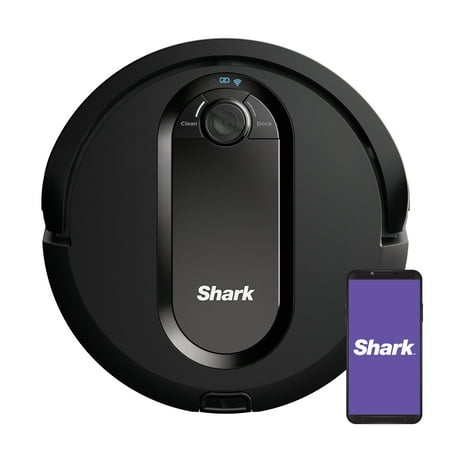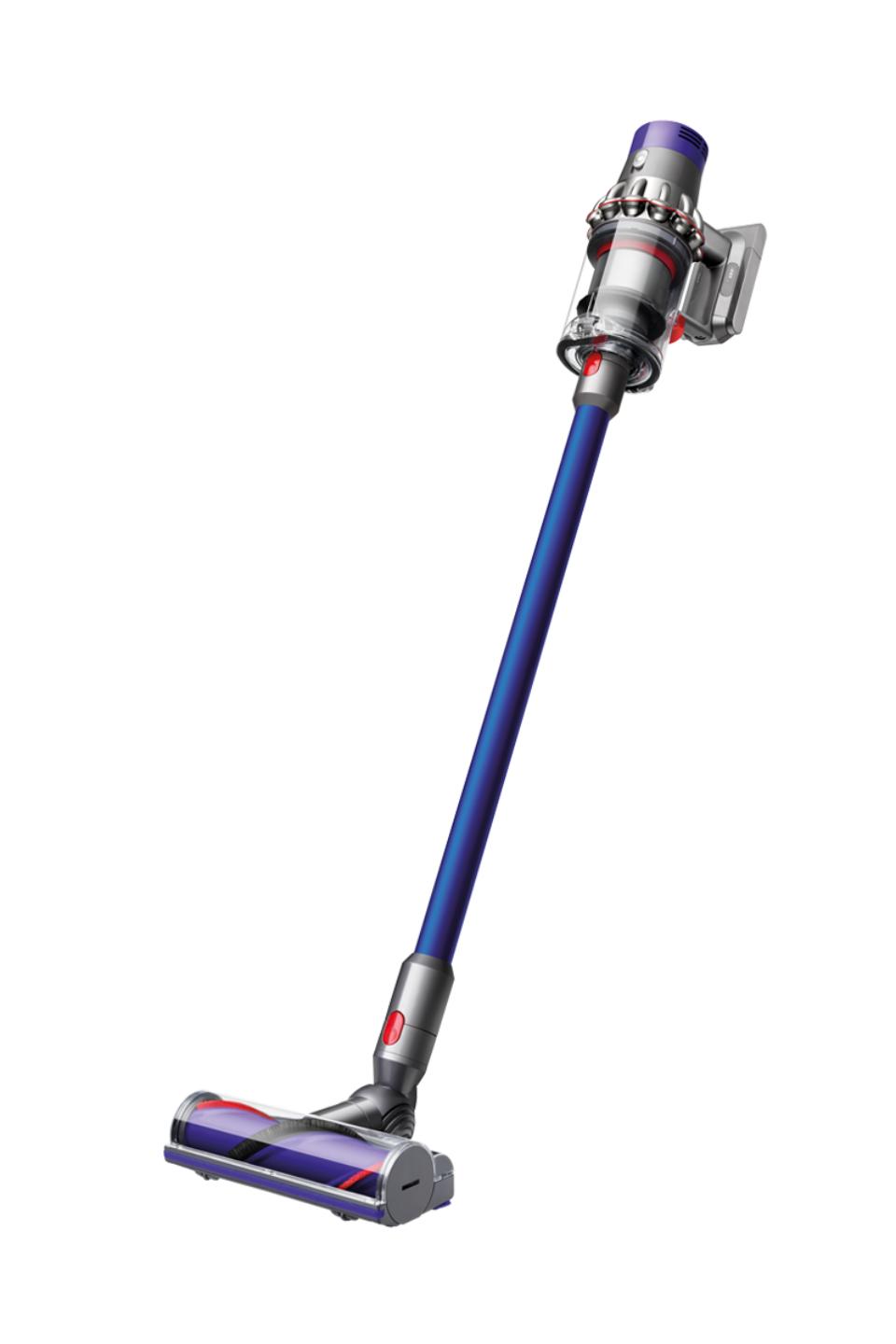Dyson V15 Detect Vacuum (Iron) (Nickel)
The most powerful, intelligent cordless vacuum. Counts and measures the size of dust particles. Scientific proof of a deep clean. Two cleaner heads engineered for deep cleans.
Laser Slim Fluffy™ cleaner head has a laser that detects the particles you can’t normally see
A precisely-angled laser makes invisible dust visible on hard floors – so you don’t miss anything.
Counts and measures the size of dust particles⁺⁺
A piezo sensor continuously sizes and counts dust particles – automatically increasing suction power when needed.⁺⁺
Scientific proof of a deep clean
The LCD screen shows what’s been sucked up, displaying real-time scientific proof of a deep clean.
Core technologies
Dyson Hyperdymium™ motor
The Dyson Hyperdymium™ motor spins at up to 125,000rpm to generate the most powerful suction of any other cordless vacuum.⁺
Root Cyclone™ technology
Dyson’s patented cyclones generate centrifugal forces of up to 100,000g trapping fine dust and dirt in the bin, so your vacuum never loses suction.
Energy-dense battery
Each click-in battery provides up to 60 minutes of run time to clean everywhere around your home.*
High Torque cleaner head with anti-tangle technology
Automatically adapts suction and power to deep clean different floor types. 56 polycarbonate teeth prevent tangling around the bristles
Dyson DLS™ technology
In Auto mode, Dyson DLS™ technology inside the High Torque cleaner head monitors brush bar resistance 360 times a second, intelligently adapting power across different floor types.
The power to clean anywhere
The versatility of Dyson cordless technology makes cleaning your home easier. Powerful cleaning of floors, hard-to-reach places and mattresses.
Hair screw tool. Picks up long hair and pet hair. Fast.
Anti-tangle conical brush bar spirals hair off and into the bin. Motor-driven cleaning for small spaces.
Laser Slim Fluffy™ cleaner head
10in wide cleaner head engineered with soft nylon and anti-static carbon fiber filaments to remove dust from hard floors and narrow gaps. With a low profile to reach further under furniture.
The right cleaning mode for the right task.
Three cleaning modes optimized for a variety of tasks. The right balance of power and run time where you need it.
Additional information
| Height | 49.6 in |
|---|---|
| Length | 10.5 in |
| Width | 9.8 in |
| Weight | 6.8 lb |
| Charge time | 4.5 hrs |
| Run time | Up to 60* min |
| Bin volume | 0.2 gallon |
| Suction Power (Boost Mode) | 230 AW |
Dyson may refer to:
- Dyson (surname), people with the surname Dyson
- Dyson (company), a Singaporean multinational home appliances company founded by James Dyson
- Dyson (crater), a crater on the Moon
- Dyson (operating system), a Unix general-purpose operating system derived from Debian using the illumos kernel, libc, and SMF init system
- Dyson sphere, a hypothetical megastructure that completely encompasses a star and captures most or all of its power output
- Dyson tree, a hypothetical plant suggested by physicist Freeman Dyson
- Eufloria (formerly called Dyson), a video game based on the idea of Dyson trees
- USS Dyson (DD-572), a United States Navy destroyer in commission from 1942 to 1947
- NOAAS Oscar Dyson (R 224), an American fisheries and oceanographic research ship in commission in the National Oceanic and Atmospheric Administration since 2005
- Dysons, an Australian bus operator
- Dyson, a character in the Canadian television series Lost Girl
- The Charles H. Dyson School of Applied Economics and Management, often referred to as "Dyson"
Iron is a chemical element; it has the symbol Fe (from Latin ferrum 'iron') and atomic number 26. It is a metal that belongs to the first transition series and group 8 of the periodic table. It is, by mass, the most common element on Earth, forming much of Earth's outer and inner core. It is the fourth most abundant element in the Earth's crust, being mainly deposited by meteorites in its metallic state.
Extracting usable metal from iron ores requires kilns or furnaces capable of reaching 1,500 °C (2,730 °F), about 500 °C (932 °F) higher than that required to smelt copper. Humans started to master that process in Eurasia during the 2nd millennium BC and the use of iron tools and weapons began to displace copper alloys – in some regions, only around 1200 BC. That event is considered the transition from the Bronze Age to the Iron Age. In the modern world, iron alloys, such as steel, stainless steel, cast iron and special steels, are by far the most common industrial metals, due to their mechanical properties and low cost. The iron and steel industry is thus very important economically, and iron is the cheapest metal, with a price of a few dollars per kilogram or pound.
Pristine and smooth pure iron surfaces are a mirror-like silvery-gray. Iron reacts readily with oxygen and water to produce brown-to-black hydrated iron oxides, commonly known as rust. Unlike the oxides of some other metals that form passivating layers, rust occupies more volume than the metal and thus flakes off, exposing more fresh surfaces for corrosion. Chemically, the most common oxidation states of iron are iron(II) and iron(III). Iron shares many properties of other transition metals, including the other group 8 elements, ruthenium and osmium. Iron forms compounds in a wide range of oxidation states, −4 to +7. Iron also forms many coordination compounds; some of them, such as ferrocene, ferrioxalate, and Prussian blue have substantial industrial, medical, or research applications.
The body of an adult human contains about 4 grams (0.005% body weight) of iron, mostly in hemoglobin and myoglobin. These two proteins play essential roles in oxygen transport by blood and oxygen storage in muscles. To maintain the necessary levels, human iron metabolism requires a minimum of iron in the diet. Iron is also the metal at the active site of many important redox enzymes dealing with cellular respiration and oxidation and reduction in plants and animals.
Nickel is a chemical element; it has symbol Ni and atomic number 28. It is a silvery-white lustrous metal with a slight golden tinge. Nickel is a hard and ductile transition metal. Pure nickel is chemically reactive, but large pieces are slow to react with air under standard conditions because a passivation layer of nickel oxide forms on the surface that prevents further corrosion. Even so, pure native nickel is found in Earth's crust only in tiny amounts, usually in ultramafic rocks, and in the interiors of larger nickel–iron meteorites that were not exposed to oxygen when outside Earth's atmosphere.
Meteoric nickel is found in combination with iron, a reflection of the origin of those elements as major end products of supernova nucleosynthesis. An iron–nickel mixture is thought to compose Earth's outer and inner cores.
Use of nickel (as natural meteoric nickel–iron alloy) has been traced as far back as 3500 BCE. Nickel was first isolated and classified as an element in 1751 by Axel Fredrik Cronstedt, who initially mistook the ore for a copper mineral, in the cobalt mines of Los, Hälsingland, Sweden. The element's name comes from a mischievous sprite of German miner mythology, Nickel (similar to Old Nick). Nickel minerals can be green, like copper ores, and were known as kupfernickel – Nickel's copper – because they produced no copper.
Although most nickel in the earth's crust exists as oxides, economically more important nickel ores are sulfides, especially pentlandite. Major production sites include the Sudbury region, Canada (which is thought to be of meteoric origin), New Caledonia in the Pacific, Western Australia, and Norilsk, Russia.
Nickel is one of four elements (the others are iron, cobalt, and gadolinium) that are ferromagnetic at about room temperature. Alnico permanent magnets based partly on nickel are of intermediate strength between iron-based permanent magnets and rare-earth magnets. The metal is used chiefly in alloys and corrosion-resistant plating.
About 68% of world production is used in stainless steel. A further 10% is used for nickel-based and copper-based alloys, 9% for plating, 7% for alloy steels, 3% in foundries, and 4% in other applications such as in rechargeable batteries, including those in electric vehicles (EVs). Nickel is widely used in coins, though nickel-plated objects sometimes provoke nickel allergy. As a compound, nickel has a number of niche chemical manufacturing uses, such as a catalyst for hydrogenation, cathodes for rechargeable batteries, pigments and metal surface treatments. Nickel is an essential nutrient for some microorganisms and plants that have enzymes with nickel as an active site.
V15 may refer to:
- Bell XV-15, an American experimental tiltrotor aircraft
- DR Class V 15, a German diesel locomotive
- Laffly V15, a French artillery tractor
- Vanguard 15, an American sailing dinghy
- V15, a grade in bouldering
- V15, other personal history presenting hazards to health, in the ICD-9 V codes
- V-15, a Shure phonograph cartridge
A vacuum (pl.: vacuums or vacua) is space devoid of matter. The word is derived from the Latin adjective vacuus (neuter vacuum) meaning "vacant" or "void". An approximation to such vacuum is a region with a gaseous pressure much less than atmospheric pressure. Physicists often discuss ideal test results that would occur in a perfect vacuum, which they sometimes simply call "vacuum" or free space, and use the term partial vacuum to refer to an actual imperfect vacuum as one might have in a laboratory or in space. In engineering and applied physics on the other hand, vacuum refers to any space in which the pressure is considerably lower than atmospheric pressure. The Latin term in vacuo is used to describe an object that is surrounded by a vacuum.
The quality of a partial vacuum refers to how closely it approaches a perfect vacuum. Other things equal, lower gas pressure means higher-quality vacuum. For example, a typical vacuum cleaner produces enough suction to reduce air pressure by around 20%. But higher-quality vacuums are possible. Ultra-high vacuum chambers, common in chemistry, physics, and engineering, operate below one trillionth (10−12) of atmospheric pressure (100 nPa), and can reach around 100 particles/cm3. Outer space is an even higher-quality vacuum, with the equivalent of just a few hydrogen atoms per cubic meter on average in intergalactic space.
Vacuum has been a frequent topic of philosophical debate since ancient Greek times, but was not studied empirically until the 17th century. Clemens Timpler (1605) philosophized about the experimental possibility of producing a vacuum in small tubes. Evangelista Torricelli produced the first laboratory vacuum in 1643, and other experimental techniques were developed as a result of his theories of atmospheric pressure. A Torricellian vacuum is created by filling with mercury a tall glass container closed at one end, and then inverting it in a bowl to contain the mercury (see below).
Vacuum became a valuable industrial tool in the 20th century with the introduction of incandescent light bulbs and vacuum tubes, and a wide array of vacuum technologies has since become available. The development of human spaceflight has raised interest in the impact of vacuum on human health, and on life forms in general.






by Chris
I’ve had my Dyson for about two months at this point and I really love how much it helps me keep a regular cleaning schedule!
I have never been person who is great at cleaning things regularly, so when I moved into a new apartment, I wanted to get a handheld vacuum to try and make the whole process easier. The charging stand makes the vacuum presentable, charged, and ready to use. It’s just a 10 minute process from picking up my Dyson until my whole (small) apartment is clean.
I’ve found the suction is surprisingly good to even pick up dust trapped in a vent from multiple inches away at high power. And when on a hard floor, the detect head makes it so I don’t have to second guess whether the vacuum actually picked up the dirt.
I would highly recommend this vacuum to anyone looking for an easier, and quicker cleaning experience around their house.
by Valeria
This vacuum is unbelievable! I have 2 Dyson stick vacuums, but my daughter bought one and I could not believe how great it is. So I had to buy one. We just got new flooring and thought it was pretty clean until I used this DETECT one. I know it is a bit pricey, but it is so worth it. You can see everything with the lightened one sweep and it gone! It also last quite a bit longer than my old ones. I also recommend you vacuum at dusk when the light really shows the dirt. It is one of the BesT purchases I have ever made!
by Brad
I bought this specifically for the cone shaped hair tool that came with it which exceeded my expectations. I only recently tried the actual floor cleaning tool with the laser. I originally thought it was a gimmick, but its actually extremely satisfying to see the particles before you suck them up.
by Derek
We bought this a couple of months ago, and has been great. A cordless vacuum will change how often you use it because it is so easy. It’s great for stairs. I thought the laser thing was a little gimmicky until I started using it. It is disgusting! You can have your house professionally cleaned, and if you put the laser head on, you can see all the dust and pet hair that was missed. It came with a lot of attachments.
by Kevin
Owning many Dyson vacuums over the years, I decided to treat myself to an upgrade. I have 2 high shedding dogs so I am always vacuuming to keep the floor clean. The green laser in the soft roller is life-changing!! The laser has completely changed how I vacuum my home by shinning light (literally) in areas I thought were clean but they really were not. The noise on the machine has been reduced while at the same time there is a noticeable difference in suction power. This is the only vacuum I need and can clean my entire 3,000 sq ft home without the need to charge in between. I highly recommend this to anyone looking to get the ultimate vacuum for their home or business.